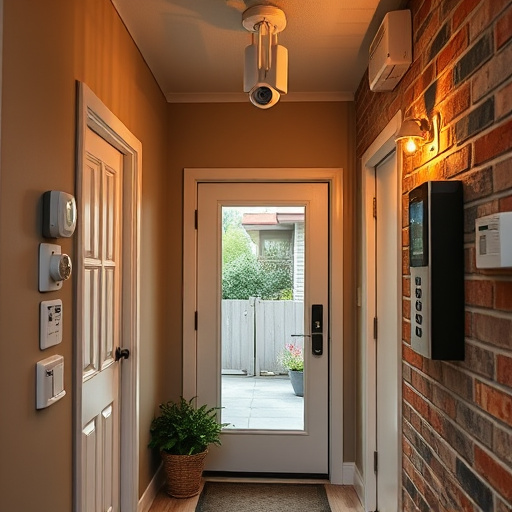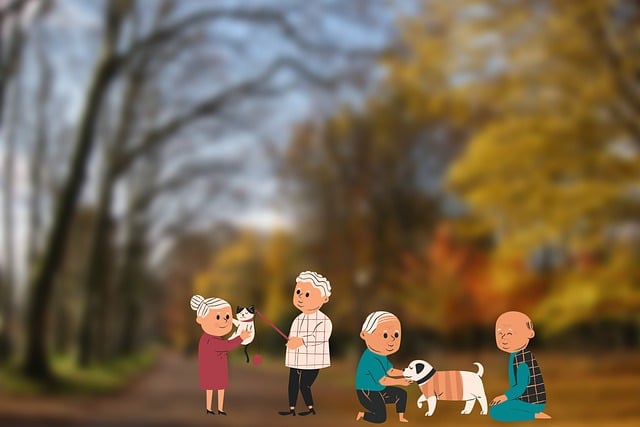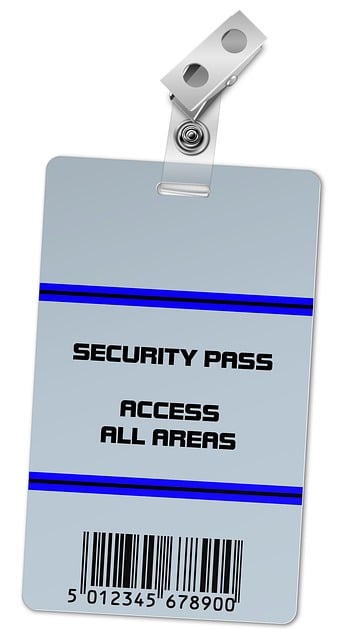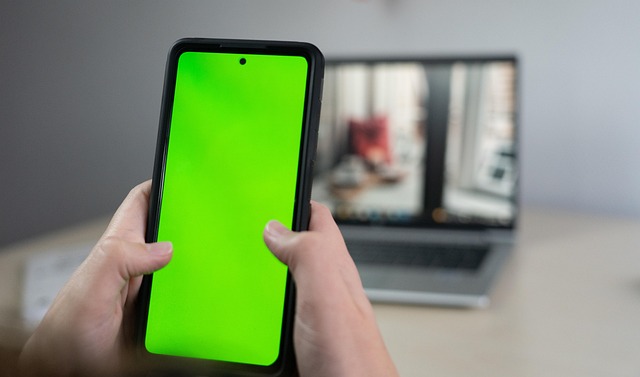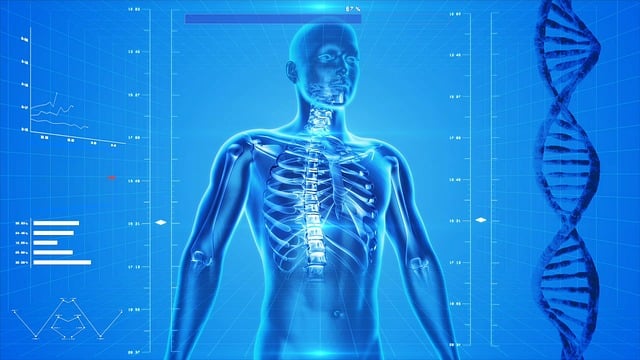TL;DR:
Background checks for healthcare professionals are essential to ensure patient safety and maintain ethical standards. These rigorous screenings involve verifying licenses, degrees, and work history through cross-referenced databases. Digital tools streamline this process, enhancing accuracy and speed, especially with medical license verification. Advanced algorithms improve healthcare worker credentials assessment, reducing errors and ensuring qualified staff for high-quality care. In today's digital era, these checks are vital for navigating complex data landscapes and fostering a safe healthcare environment.
In the realm of healthcare, ensuring patient safety is paramount. Rigorous screening of educational qualifications for healthcare workers is a game-changer in fostering trust and quality care. This comprehensive guide delves into the significance of medical background verification, exploring crucial steps and best practices to ensure accurate healthcare professional screening. From understanding the process to navigating common challenges, we uncover how technology enhances patient safety checks by verifying healthcare worker credentials and medical licenses effectively.
- Understanding the Significance of Rigorous Screening for Healthcare Professionals
- The Process of Medical Background Verification: Steps and Best Practices
- Ensuring Patient Safety: Exploring Healthcare Worker Credentials
- Common Challenges in Healthcare Employment Screening and Solutions
- The Role of Technology in Verifying Healthcare Professional Licenses
Understanding the Significance of Rigorous Screening for Healthcare Professionals

In the fast-paced and critical environment of healthcare, ensuring the competence and integrity of professionals is paramount to patient safety and quality care. Rigorous screening of healthcare workers, including comprehensive background checks, medical license verification, and thorough evaluation of educational qualifications, serves as a vital defense against potential risks. Healthcare institutions must go beyond surface-level hiring practices to uncover any red flags or discrepancies that could impact the reliability of their staff.
This meticulous process, often referred to as healthcare professional screening or medical background verification, plays a crucial role in upholding high standards within the industry. By scrutinizing the credentials and experience of every healthcare worker, organizations can mitigate risks associated with malpractice, ethical breaches, or undisclosed criminal histories. These patient safety checks are essential steps towards fostering an environment where every individual contributing to patient care meets the highest qualifications and adheres to strict ethical guidelines.
The Process of Medical Background Verification: Steps and Best Practices

Background Checks for Healthcare Professionals are a vital component of ensuring patient safety and maintaining the integrity of the healthcare system. The process involves several steps to verify the medical background, credentials, and licenses of healthcare workers. Initially, organizations should gather all relevant information, including educational certificates, degrees, and professional licenses. This data forms the foundation for further screening.
Next, a comprehensive verification process is initiated, which typically entails cross-referencing the provided documents with authoritative databases and regulatory bodies. Medical license verification ensures that the healthcare worker’s practice rights are up to date and unencumbered. Healthcare professional screening should also encompass checking against criminal records, as well as any previous employment verifications to establish a robust background check. These steps collectively help in filtering out unqualified or potentially dangerous candidates, thus enhancing patient safety and the overall quality of healthcare services.
Ensuring Patient Safety: Exploring Healthcare Worker Credentials
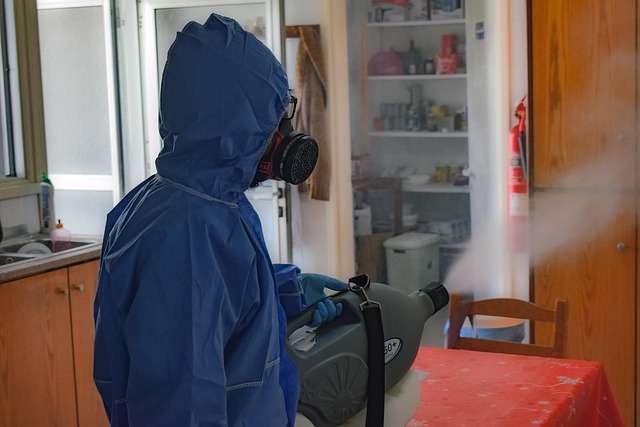
Ensuring patient safety is paramount in healthcare settings, and one critical aspect is verifying the educational qualifications and credentials of healthcare workers. Rigorous screening processes, including thorough background checks for healthcare professionals, play a pivotal role in identifying competent and qualified staff while mitigating potential risks. Healthcare professional screening involves meticulous verification of medical licenses, degrees, certifications, and work history to ensure they meet the necessary standards.
Medical background verification is an essential component of healthcare worker credentials checking. This process helps institutions identify any red flags, such as past disciplinary actions, malpractice suits, or unethical behavior, that could impact patient safety. Healthcare employment screening methods have evolved to include advanced digital tools that streamline data collection and analysis, making it easier to cross-reference information across multiple sources. Effective medical license verification ensures that only qualified professionals with valid credentials provide care, thereby enhancing the overall quality of healthcare services.
Common Challenges in Healthcare Employment Screening and Solutions

The process of verifying the educational qualifications and credentials of healthcare workers is a critical yet complex task. One of the primary challenges organizations face is the vast amount of data they need to sift through. This includes official transcripts, diplomas, certifications, and licenses from various institutions worldwide. Traditional methods often rely on manual verification, which can be time-consuming and prone to human error. With increasing globalization in healthcare, keeping up with these diverse educational backgrounds and ensuring accuracy becomes a significant hurdle.
To address these challenges, advanced digital solutions have emerged. Implementing robust background check systems that utilize secure databases and automated verification processes can streamline the screening process. These tools allow employers to cross-reference credentials against authoritative sources, such as state licensing boards or accredited educational institutions. Real-time data validation ensures that healthcare professionals’ qualifications are up-to-date and legitimate, thereby enhancing patient safety checks. Additionally, digital platforms often provide comprehensive reports, making it easier to identify any discrepancies or potential issues during the healthcare employment screening process.
The Role of Technology in Verifying Healthcare Professional Licenses

In the digital age, technology has become an indispensable ally in ensuring patient safety through robust background checks for healthcare professionals. Online platforms and databases play a pivotal role in simplifying and streamlining the process of verifying healthcare professional screening, medical background verification, and healthcare worker credentials. These tools enable efficient cross-referencing of licenses, certifications, and academic qualifications against verified sources, significantly reducing manual efforts and potential errors.
Advanced algorithms and machine learning capabilities further enhance medical license verification processes by automatically scanning and analyzing vast amounts of data from various regulatory bodies. This not only speeds up the overall screening process but also improves accuracy in identifying any discrepancies or lapses in healthcare worker credentials. As a result, healthcare employment screening becomes more comprehensive, ensuring that facilities employ qualified and licensed professionals who meet patient safety checks.


